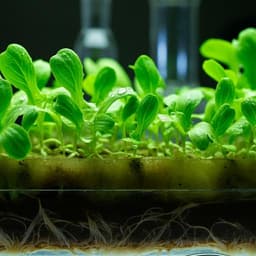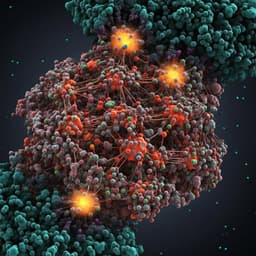
Medicine and Health
Evaluation of two different self-disinfection alginate impression material
I. M. Bendary, A. A. Omar, et al.
Discover the innovative research by Islam M. Bendary, Alaa A. Omar, Reham M. Goda, Ahmed A. Ali, Kareem A. Lotfy, and Mohamed M. Shohayeb, who evaluated self-disinfecting alginate preparations enhanced with povidone-iodine and silver nanoparticles, showcasing impressive antimicrobial efficacy without compromising mechanical properties.
Playback language: English
Related Publications
Explore these studies to deepen your understanding of the subject.







